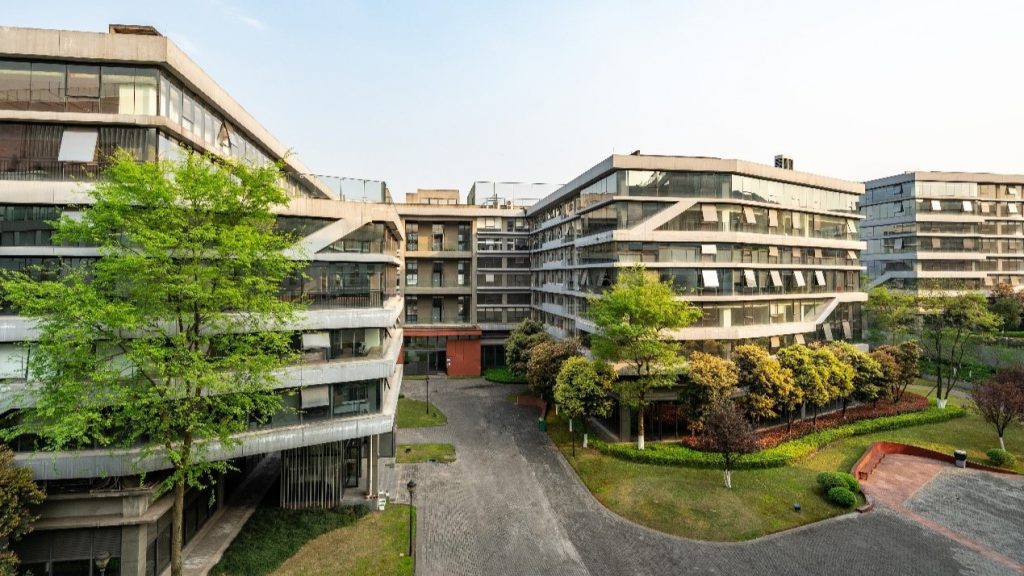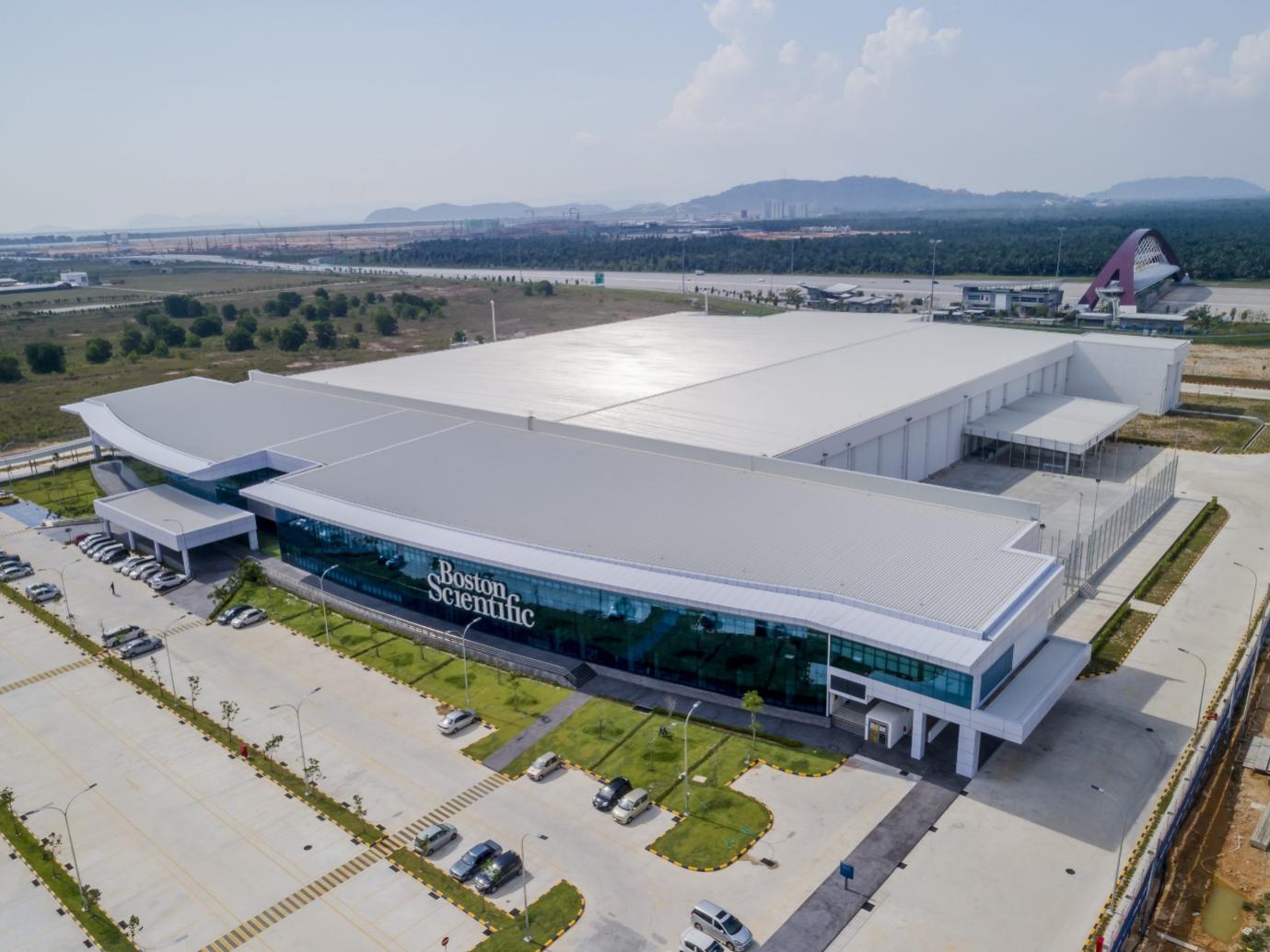Due to the rising demand for green properties, the development of green buildings has been a growing trend. In fact, there are 1,089 projects certified by the Green Building Index in Malaysia as of 30 June 2022.
As the first-generation rating instrument for energy-efficient buildings, the Green Building Index, or GBI, plays a significant role in green building construction. Here, we’ll walk you through the basics of GBI in Malaysia.
What is the Green Building Index?
The GBI is Malaysia’s first comprehensive rating system for assessing how environmentally friendly a building, community or factory is designed and operated.
The green rating tool was designed for the Malaysian tropical climate, environmental concerns, and the country’s social, cultural, and developmental contexts. It seeks to aid the construction sector in its transition to sustainable development.
Building Criteria for GBI Certification
Energy Efficiency
A building must obtain high performance in the areas of thermal comfort, acoustics, visual comfort, and indoor air quality. These require the use of low volatile organic compound materials, good air filtration, and effective humidity, temperature, and air movement control.
Indoor Environment Quality
Next, the building needs to optimise building orientation, reduce solar heat gain through the building envelope, have natural harvest illumination, embrace best practices in building services, including the use of renewable energy, and ensure proper testing, commissioning, and routine maintenance to reduce energy usage.
Sustainable Material Resources
The building must also encourage recycling and the use of environmentally friendly materials that come from sustainable sources. Organise, collect, and reuse recyclables as well as construction formwork and debris as part of good construction waste management.
Read More: Insulated Metal Roofs in Malaysia: 5 Benefits of Roof Insulation
GBI Standards for Roofing & Wall Cladding in Malaysia

What is MS1525:2007?
The MS1525:2007 is a code of practice that guides the effective use of energy. This includes utilising renewable energy in both new and existing non-residential buildings.
The code delivers the baseline minimum standard for energy-efficient design for the GBI rating tools. If the design falls short, then it is unlikely to be rated.
Read More: Membrane Roof System: A Smart Roofing Solution For Buildings
MS1525:2007 and Roof U-value
Value refers to the thermal transmittance of the roof construction. It is a number assigned to a part of your building (in this case, the roof) to evaluate its effectiveness in preventing heat transmittance.
The higher the R, the lower the U—the better the insulation. In simple terms, a lower U-value enables your building to stay cool in Malaysia’s hot climate.
- U-Value = 1/(Sum of all R-Value)
- The maximum U-value for light-weight roof (under 50 kg/m2) is 0.4 W/m2K, while the maximum U-value for heavy-weight roof (above 50 kg/m2) is 0.6 W/m2K.
Read More: A Guide to STC and STC Ratings for Buildings In Malaysia
Stay Cool and Safe with Swissma
The cost of cooling your building is influenced by your roofing system and its ability to reflect and resist thermal heat. Our roofing solutions provide high thermal reflectivity to reflect heat away from the roof and save cooling expenses.
Feel free to learn more about Swissma’s thermal solutions in Malaysia.










